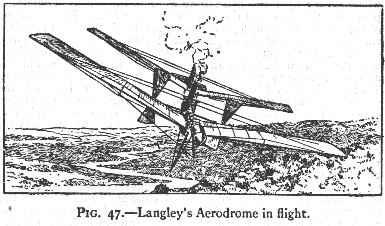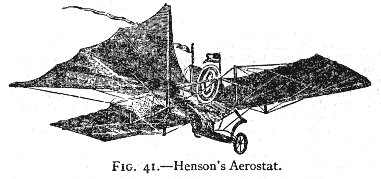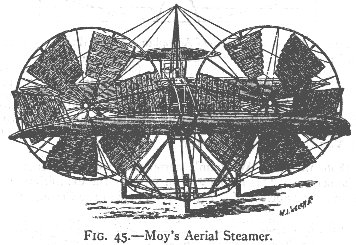Names of Machines
Today, we name a new machine. The University of Houston's College of Engineering presents this series about the machines that make our civilization run, and the people whose ingenuity created them
Our machines normally receive their permanent name only after they've achieved a certain level of maturity -- after they've settled themselves into our lives. Take the airplane, for example: A hundred years ago, we had dozens of terms to describe it: aerial velocipede, aerial screw machine, aerodrome, aeromotive engine, bird machine, and flying machine. Those names began converging ten years after the Wright brothers flew. Now we've settled on just two terms: airplane and aircraft.
No one I knew had a refrigerator when I was little. We had an icebox with a rack on top where we put a new fifty-pound block of ice every few days. I still forget, and annoy my younger son, by calling our refrigerator an icebox. During the 1930s we tried all kinds of terms for the then-new machine: Frigidaire, electric icebox, and of course, refrigerator.
The words engine and machine show up again and again when we first name devices. They come from Latin and Greek roots and broadly refer to devices that carry out functions. So the steam engine was first called a fire engine. It still keeps the engine part of that name. We still say sewing machine; but no one calls a telescope an optical engine any more, the way they did in the 17th century. I especially like the name Babbage gave his first computer 160 years ago. He called it an analytical engine. And that tradition lingers. Today we check software with parsing engines, and we find things with search engines. Engine is a name with great staying power.
Foreign names cling to new gadgets for a while, but they tend to fade. Airplane designers have left behind the French words empenage, fuselage, and nacelle in favor of English equivalents: tail, body, and pod. But those words were still common when I was a kid. The German name Zeppelin was given to one form of what the French call a dirigible. Nowadays we're increasingly inclined to use the English word airship. The only time a writing desk gets called an escritoire is when a dealer hopes to jack its price up.
The first names we give new technologies tie them to older ones. An early name for an airship was aerial locomotive. Horseless carriages became motor cars, and we finally settled on the surprisingly complicated, but completely descriptive term, Auto-Mobile. Train and airline passengers alike still pay coach fares.
Finally: here's a game we all might play: Over the next few years, keep track as we change computer-related names. Watch as we run through words like screen, CRT and monitor, or Internet and Web. Watch as we select among names like minicomputer, PC, work station, or simply the machine. Watch as these systems become metaphors for who we are. For, when we finally settle on names, what we'll really be doing is taking the machine fully into our lives.
I'm John Lienhard, at the University of Houston, where we're interested in the way inventive minds work.
(Theme music)
This is a greatly revised version of Episode 55.



Three flying machines with three different names from adjacent pages of the 1911 Encyclopaedia Britannica